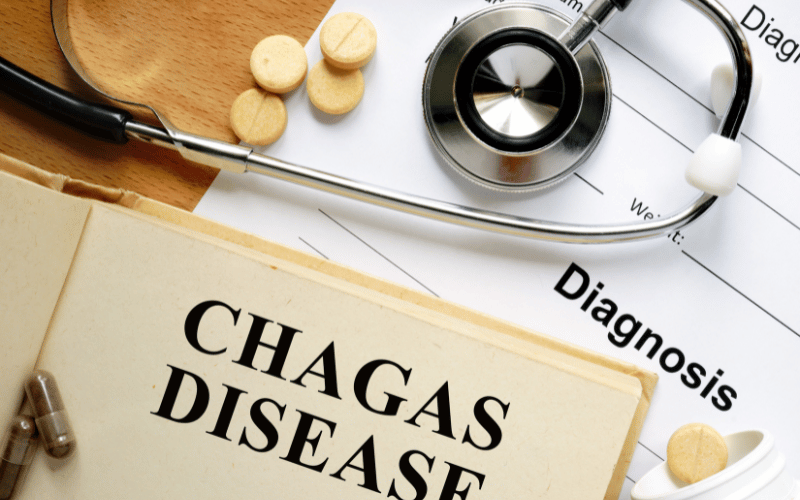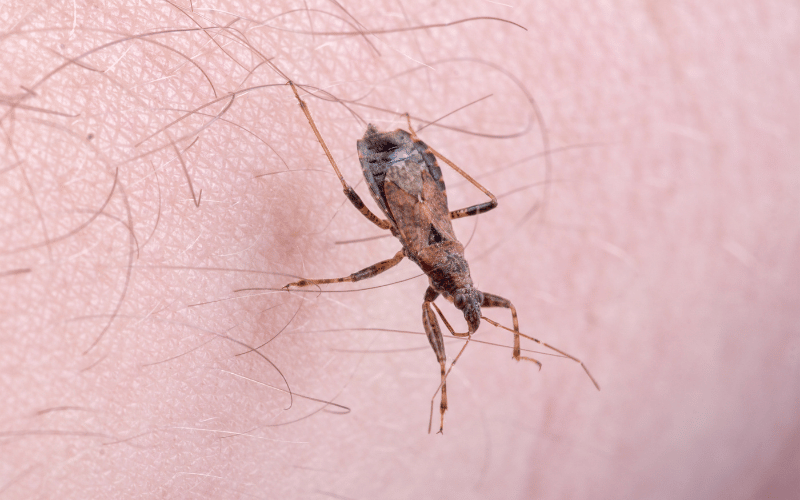Introduction: The Alarming World of Chagas Disease
Chagas disease, medically termed as American trypanosomiasis, is an alarming condition that many are unaware of, yet its impact is felt by millions globally. Originating from the South American continent, this disease is caused by the Trypanosoma cruzi parasite, most commonly transmitted to humans by the triatomine bug. Often nicknamed the “kissing bug”, due to their tendency to bite near the lips, this critter can leave more than just a bite; it can transmit a disease with symptoms that might initially appear mundane but can escalate to severe complications if not identified and treated early.

The disease’s symptoms can range from subtle to pronounced, making it vital to understand and recognize them early. In most instances, the initial symptoms are overlooked, owing to their commonality with other ailments. However, as the disease progresses, these signs can become more pronounced, leading to potential heart and digestive system complications.
But why is it essential for the average person to be aware of these symptoms? The answer is straightforward. Early detection and subsequent treatment can drastically reduce the disease’s long-term impact, improving the quality of life for those affected. With this article, our aim is to shed light on the top 10 symptoms of Chagas disease, arming readers with the information they need to stay one step ahead.
Knowledge is power, and in the case of Chagas disease, this couldn’t be truer. Equipping oneself with the right information can make all the difference between early detection and timely treatment versus grappling with complications. As we delve deeper into each symptom, remember that awareness and timely medical intervention are your best allies in the fight against this ailment.
1. Swelling at the Infection Site: Not Just Another Bug Bite

Chagas disease, stemming from the bite of the infamous triatomine bug, often presents its first calling card in the form of swelling at the infection site. This isn’t your typical mosquito bite. The swelling is unique because of the parasite, Trypanosoma cruzi, introducing itself into the host’s bloodstream.
The swelling, sometimes referred to as chagoma, can develop wherever the bug feasted. This might be on the face, arms, legs, or any other exposed body part during rest. It’s not merely the physical manifestation of the swelling that’s concerning; the underlying cause, the parasite’s entry into the host, sets the stage for the disease’s progression.
Interestingly, this swelling can vary in size, and it’s not always painfully obvious. Some might experience a noticeable bump, while others could have just a slight, almost imperceptible, elevation on the skin. But beyond the swelling, the skin might also become warm to the touch or even show a hint of redness.
Considering the stealthy nature of the triatomine bug – often biting its victims during their sleep – many remain oblivious to the initial bite. Yet, this swelling serves as nature’s alarm bell, signaling the body’s reaction to a foreign invader. However, it’s essential to remember that while the swelling is a sign, it’s just the beginning of a journey through the symptoms of Chagas disease. (1)